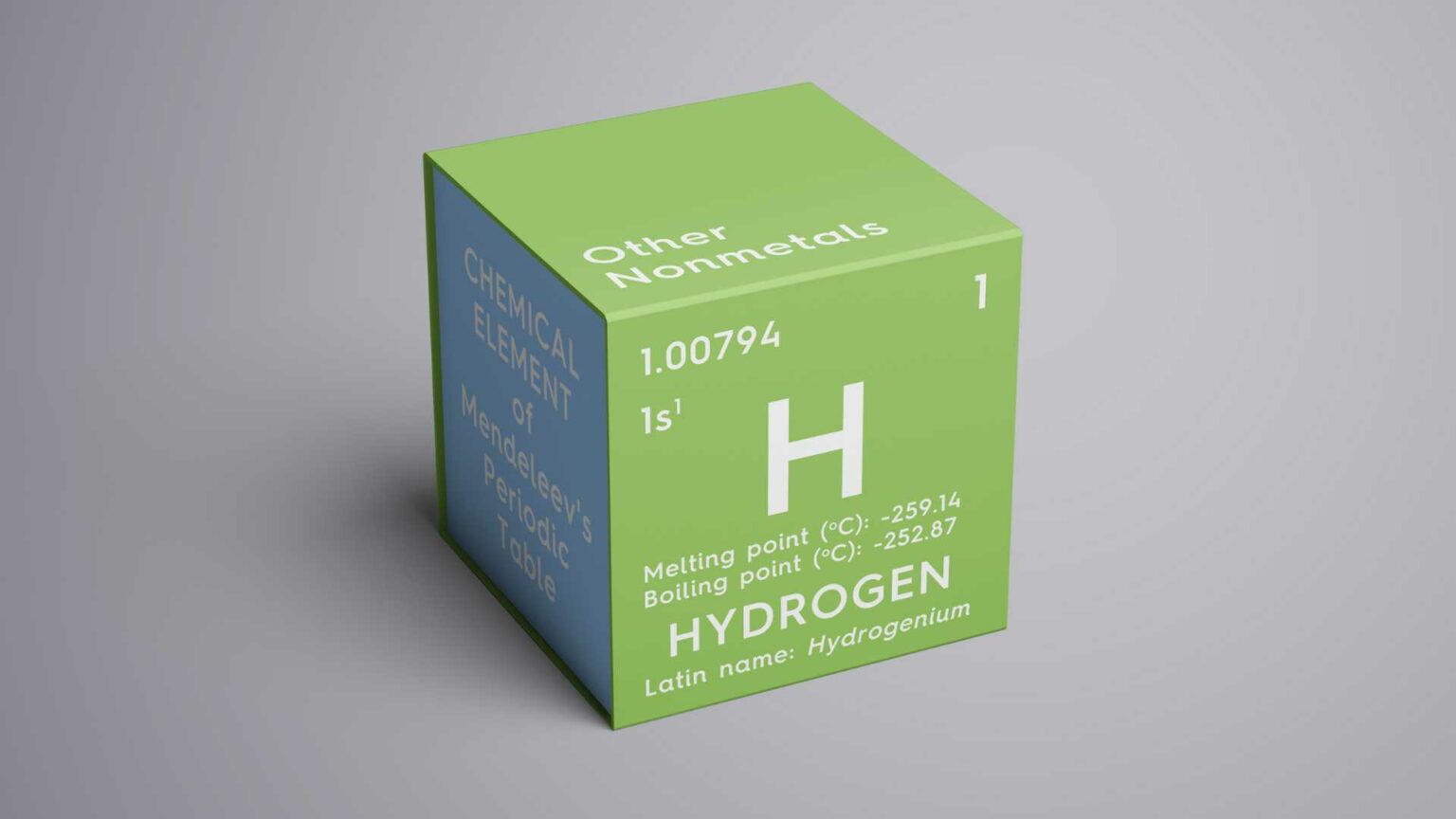In a report titled “Realizing the European Green Hydrogen Dream: A Call to Action,” the Boston Consulting Group (BCG) has unveiled a sobering reality for the green hydrogen sector. Initially anticipated to cost below €3 per kilogram by 2030, recent economic shifts and technical complexities are shattering these expectations.
As disclosed by the BCG report, the Central European region, particularly Germany, is slated to witness green hydrogen production costs ranging from €5 to €8.8 per kilogram in 2030. The culprits behind this surge include a rising trajectory in renewable electricity prices, intricacies within wind power supply chains, and challenges in electrolysis.
The report stresses that, at minimal costs, green hydrogen struggles to compete with alternative decarbonization technologies. This setback jeopardizes the commercial viability of green hydrogen projects across Europe.
One of the primary contributors to escalating green hydrogen prices is the persistently increasing cost of renewable electricity. The European energy market is witnessing a surge in wholesale prices, creating a competitive environment for electrolyzers to access green electricity. This trend is exacerbated by EU regulations, stipulating that green hydrogen must be produced using “additional” renewable energy, further limiting its accessibility.
The Boston Consulting Group emphasizes that the anticipated reduction in the costs of the electrolysis system has not materialized as expected. Structural challenges in the supply chain and intricate system designs contribute to the sustained high costs of electrolyzer systems. Although improving the efficiency of electrolyzers is identified as a potential cost-cutting measure, acquiring more efficient machines may counterintuitively prove more expensive.
The report advocates for an integrated approach by project developers, emphasizing site selection, renewable electricity production, electrolyzer setups, and understanding the electricity market situation to gain a competitive advantage over non-EU competitors.
Europe’s key buyers, including chemical, fertilizer, and steel companies, face uncertainties due to higher-than-expected green hydrogen prices. This is particularly critical in the context of the new renewable energy directive, mandating that 42% of total hydrogen consumption in the EU be environmentally friendly by 2030, increasing to 60% by 2035.
To counter these challenges, the Boston Consulting Group suggests ambitious national implementation of EU regulations throughout the hydrogen value chain. It calls for regulations aimed at bringing green hydrogen prices in Europe to below €5 per kilogram to maintain the competitiveness of key industries, especially chemicals and steel.
However, a glimmer of hope surfaces in a report by the Norwegian Maritime Standards Company (DNV), forecasting a drop in the flat cost of green hydrogen to $2 per kilogram by 2030. This reduction is attributed to substantial decreases in the costs of wind and solar equipment and electrolyzers. Nonetheless, this optimistic outlook is contingent on projects using on-site renewable electricity supply.
In conclusion, while green hydrogen holds promise for a sustainable future, economic realities and regulatory challenges present formidable hurdles that require immediate attention and strategic interventions to ensure its viability and success in the European market.
